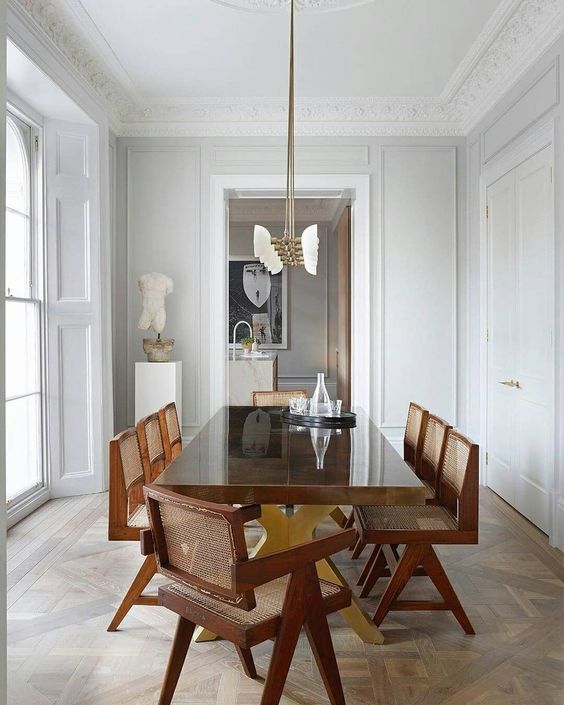The dining table, despite its straightforward purpose and clear function, has a uniquely different connotation and significance for each household across the world. Within each home the gathering space reserved for the dining table comes in varying forms and layouts: while some perceive this room as an enclosed, private space dedicated to emphasize the glamour of the dining experience; others seek a more open and rustic approach that evokes an attachment to nature and a connection with the outside world.
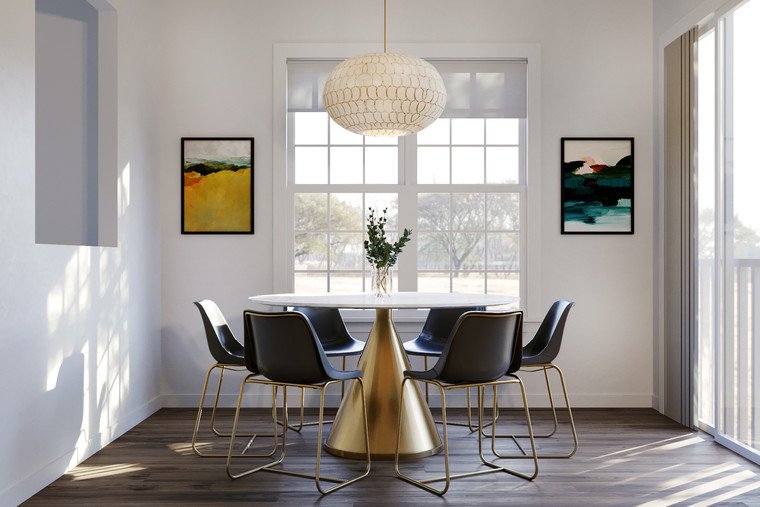
Of all the home areas, the dining room is perhaps the most revealing of a household’s lifestyle and character. The reason for this has a lot to do with the long history attached to this room and the multiple changes it has experienced since its early stages and the developments it is currently undergoing with the rise of practices such as fast-dining and ordering take-out. This is precisely the history we will explore today as we take a glance at the different stages and popularized styles of dining room décor that have emerged throughout the ages.
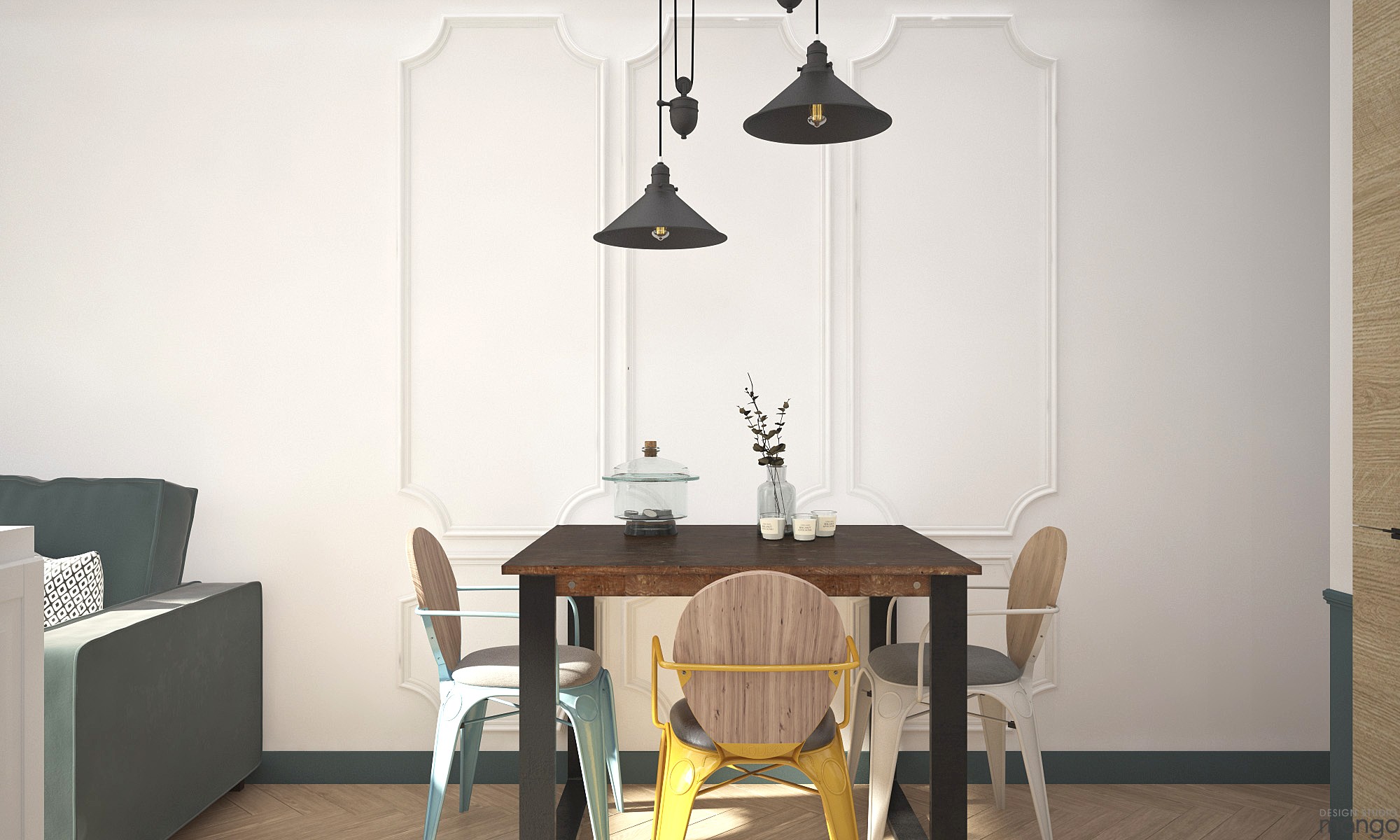
The start of a tradition
Just like theatre and democracy, the dining room’s origins can also be traced back to the ancient Greeks. Historians have described the initial dining rooms as spaces designed specifically for feasts held for elite men from the Greek polis (city) who gathered for amicable and engaging discussions. Such rooms provided enough space for a maximum of eleven wooden or stone couches and little to no arrangements which served to place full emphasis on the topics of debate and the delicacies which the men enjoyed.
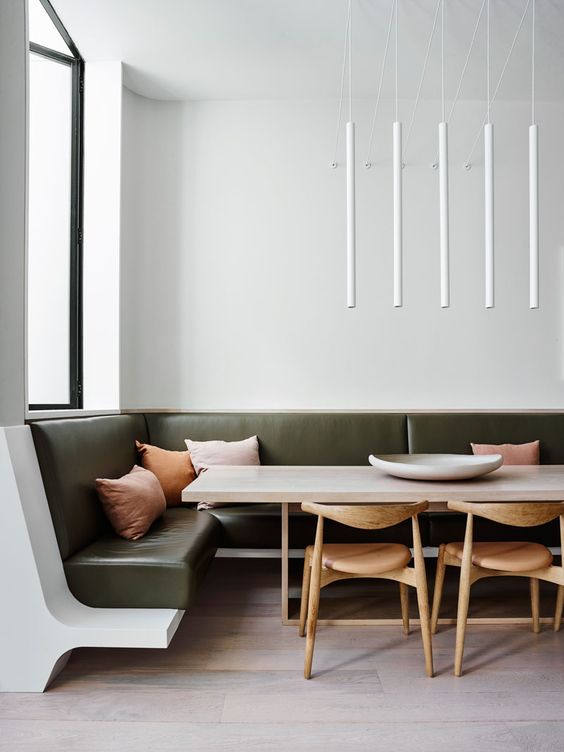
This exclusive and rather rustic layout was later upgraded by the Romans who referred to the separate room for their meals as the triclinium. Women could also form part of the company that gathered in these makeshift spaces which were constantly relocated to different areas of the home depending on the weather and time of the day. During the summer season, the dining area was transported to the coolest spots or even outside to catch the fresh breezes while the winter times demanded more private and enclosed spaces. This dining experience was further embellished in major cities like Pompeii where privileged classes incorporated lavish fountains and elegant basins decorated with mythological renderings.
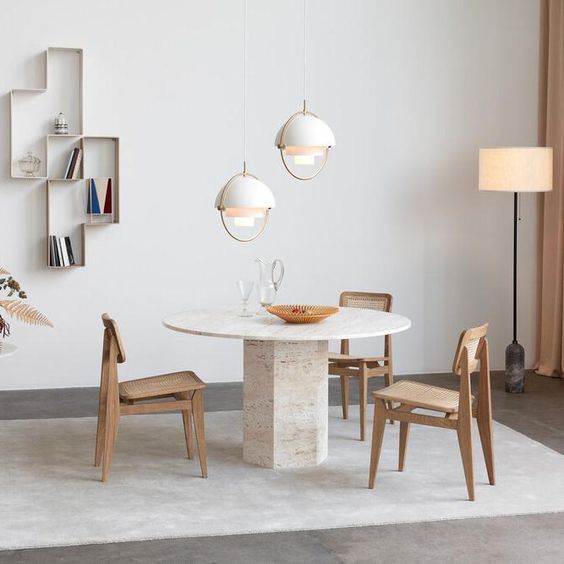
Introducing formal dining
By the Middle Ages formal dining had become an official event among the wealthier households who placed further attention to the layout and décor details while still lacking in the comfort we are used to today. The minor improvements in rich medieval dining halls came in the form of heavy turnery furniture, luxurious fabrics like brocade, delicate tapestries, and large windows to illuminate the room. Much emphasis was also given to the private aspect attached to the dining space as a predetermined area reserved for formal gatherings, feasts, informal conversations and family dinners under the warm glow of candles.
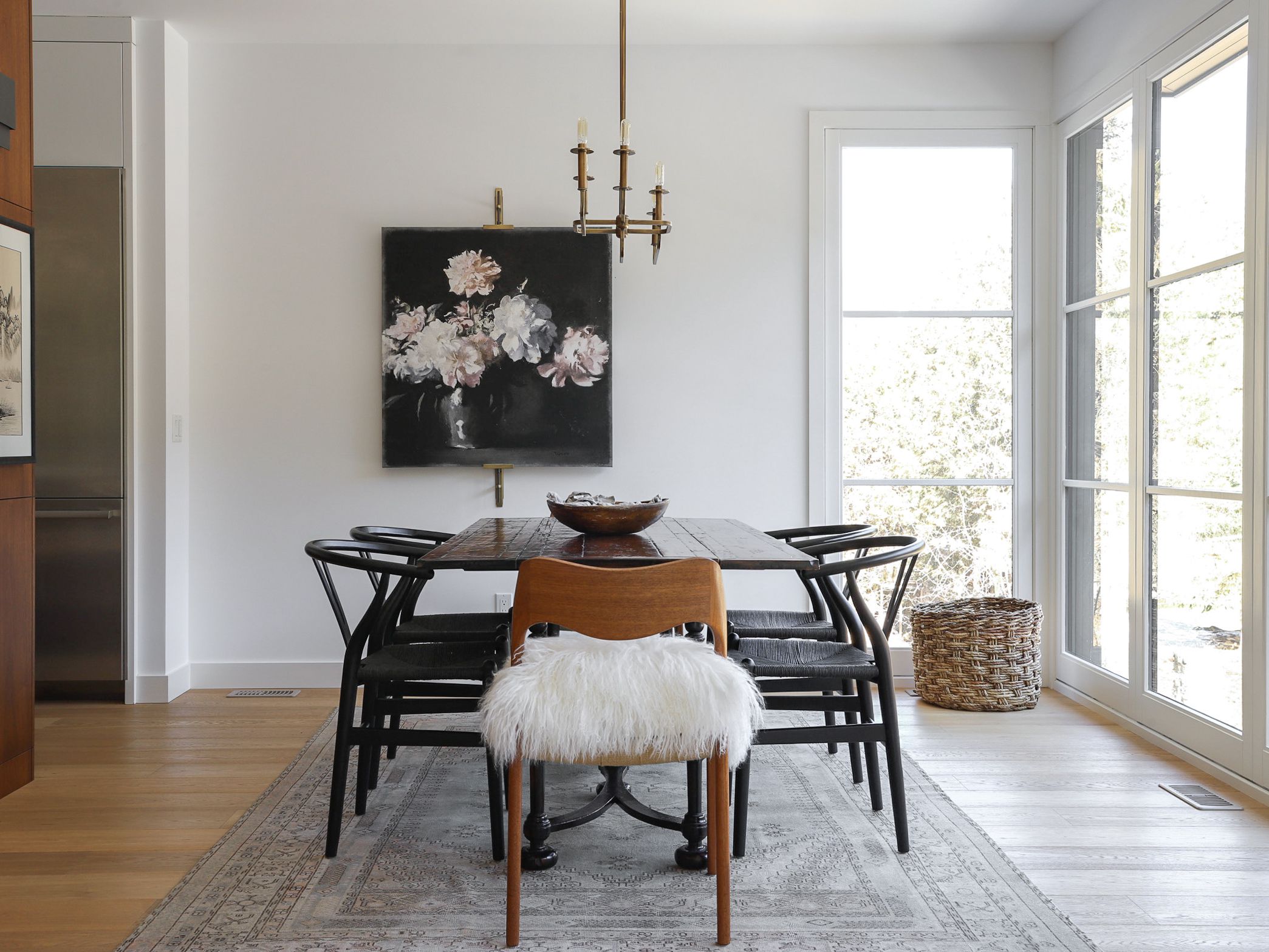
A Victorian twist
The opportunity to display extravagance, wealth and personal tastes in the much transformed dining rooms finally came along with the beginnings of the Industrial Revolution and the rise of the middle class who could now afford to dedicate more focus to their home décor. Privacy and individuality were two aspects that were etched into the eclectic and lavish design of middle and upper class Victorian homes. The sumptuous decorations ranged from heavily upholstered dining chairs and contrasting mahogany tables to dramatic lighting and nature-themes rugs and curtains that gave the space a theatrical quality. The modern maximalist dining room today is in great part inspired by this early Victorian approach and that comes across as a powerful fashion statement about the individual beauty of carefully selected items and the colorful picture they paint when displayed together.
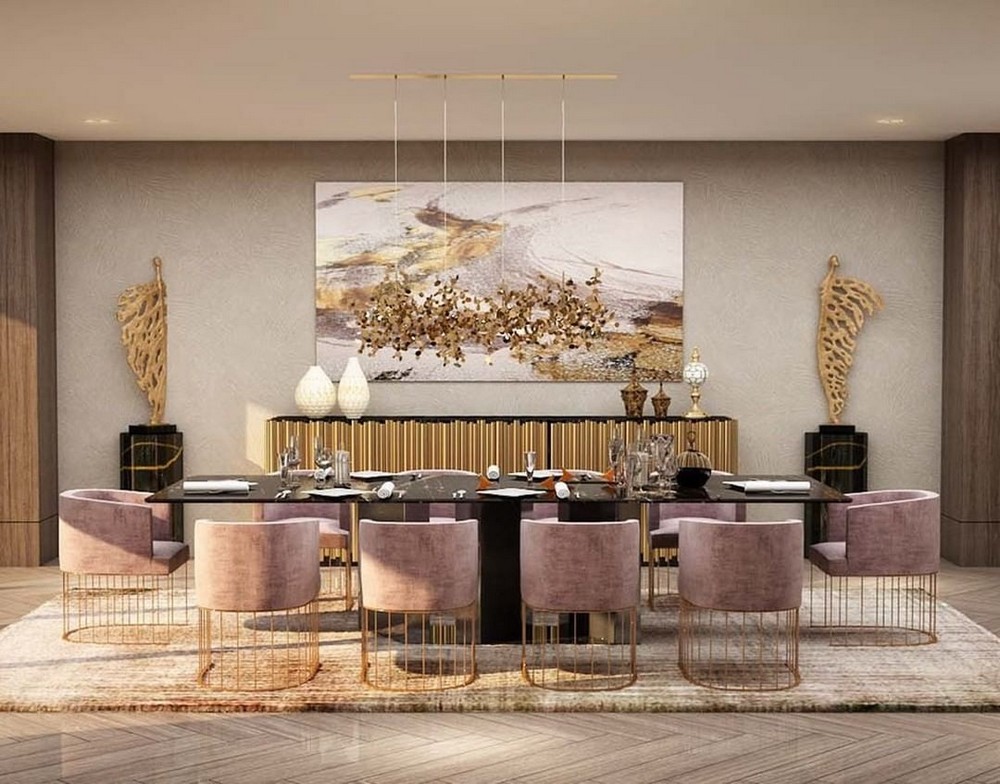
The carefree interiors of the roaring 20’s
Shifting away from the restrictions of formal and private dining, modern homes opted for a more casual ambience which was incited by the introduction of new kitchen appliances and flourishing technology. These innovative changes transformed the architectural layout of homes according to the newfound interest in the dynamic atmosphere of the kitchen area. Thus, the attention was withdrawn from the dining room and passed onto the kitchen which meant that the centuries-old private area was remodeled according to more relaxed designs such as an open concept or even adopting the farmhouse style.
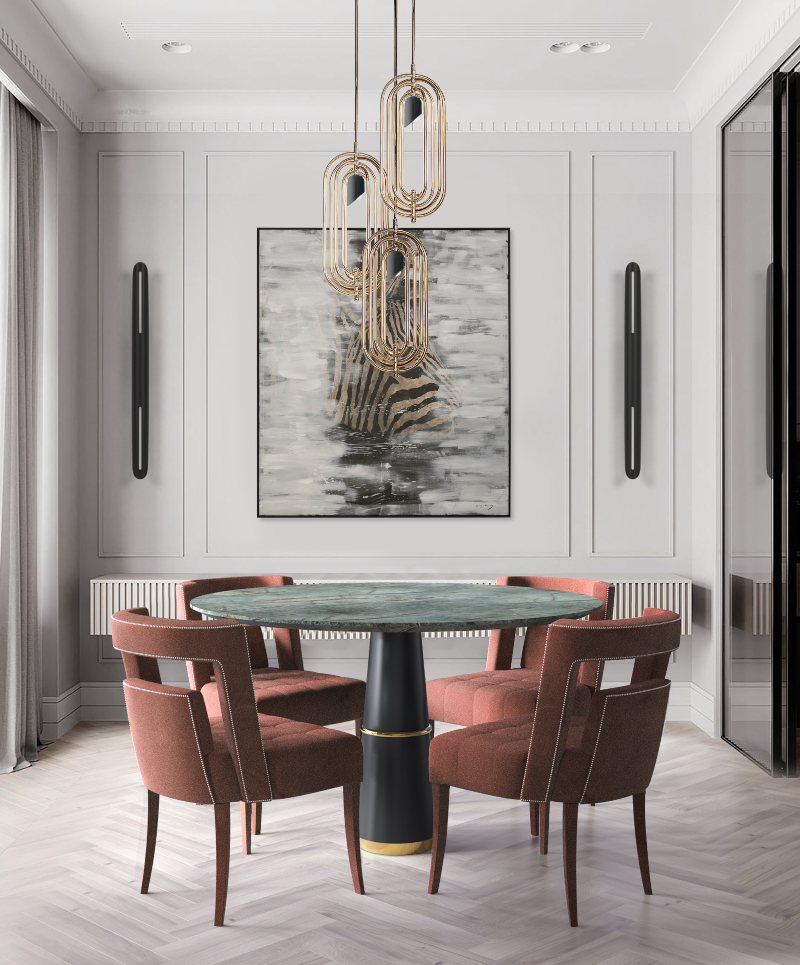
Today we retain a part of the past’s elegant and extravagant allure encapsulated in traditional, closed-concept dining rooms featuring the classical matching furniture set, elegant and grand designs, and glass elements to complement majestic lighting or mirrors. On the other hand, many homes have also chosen a more extravagant and eclectic approach with maximalist designs inspired by the theatricality of the Rococo architecture and design while introducing contemporary features and innovative displays of current lifestyles.

Lastly, we must not forget the modern interiors that have completely changed our perception of the dining space by merging it with the kitchen space through a sleek kitchen island surrounded by matching bar-stools where friends and family can relax, chat and engage in the cooking and dining process while enjoying each other’s company.
So where are you dining tonight?

